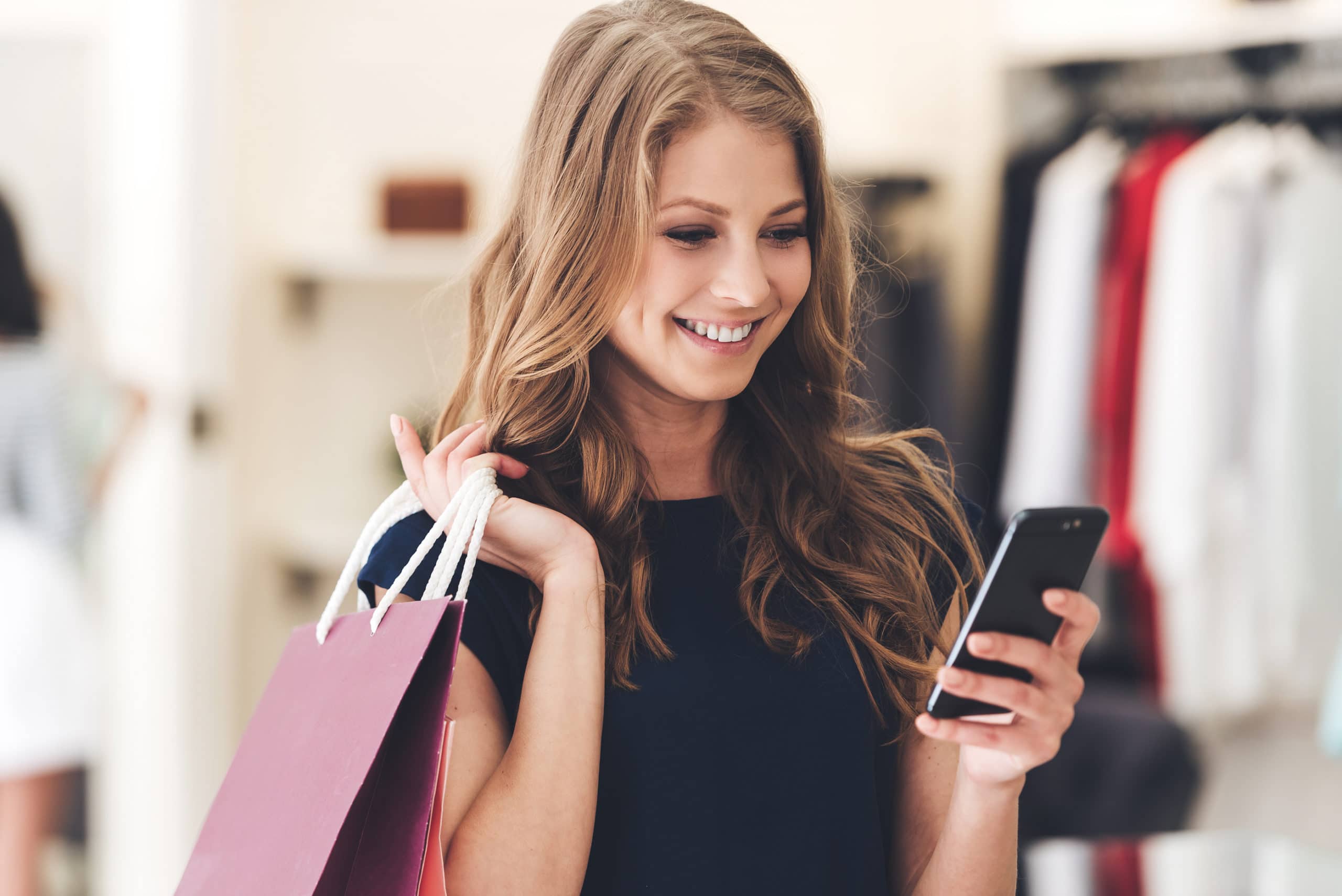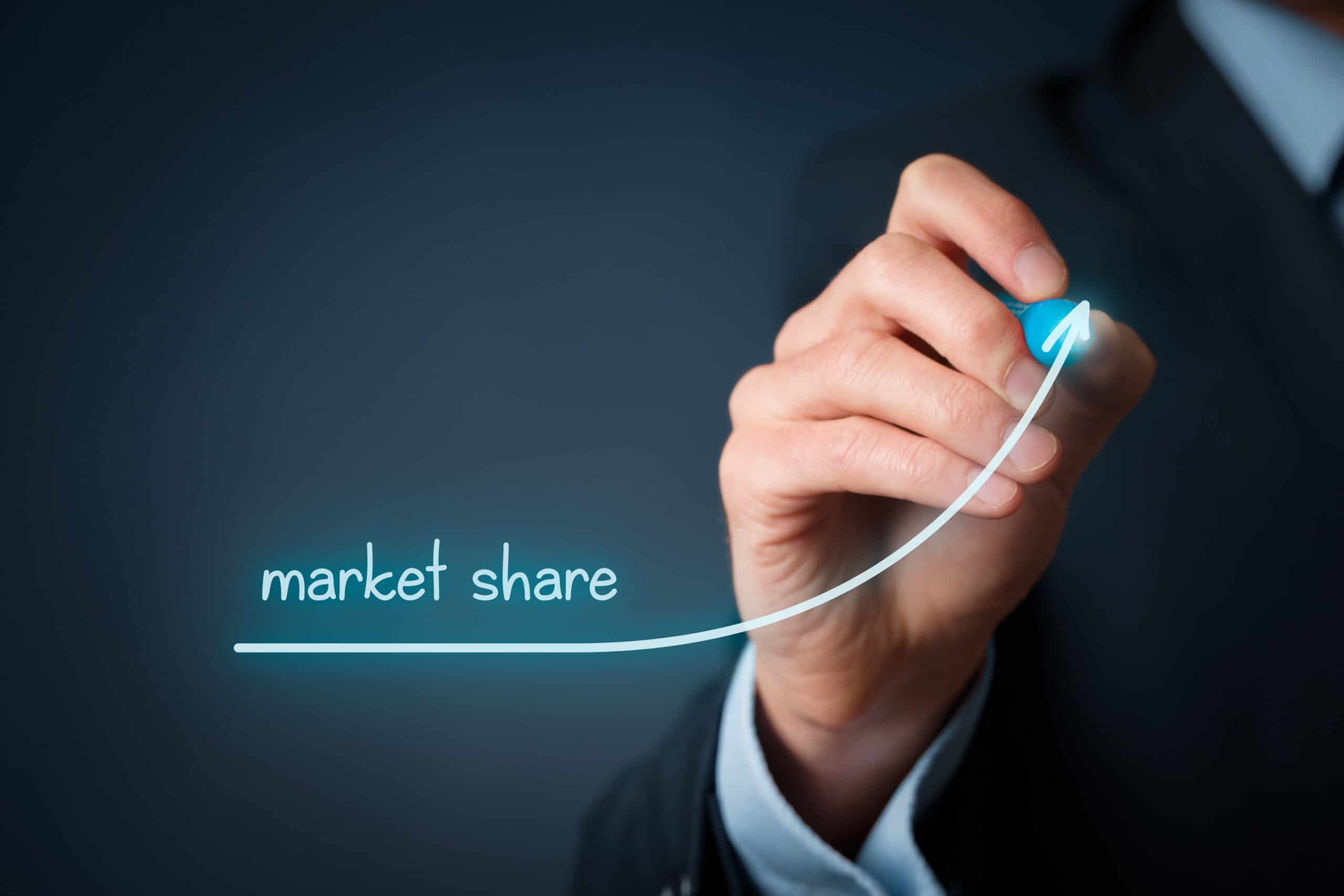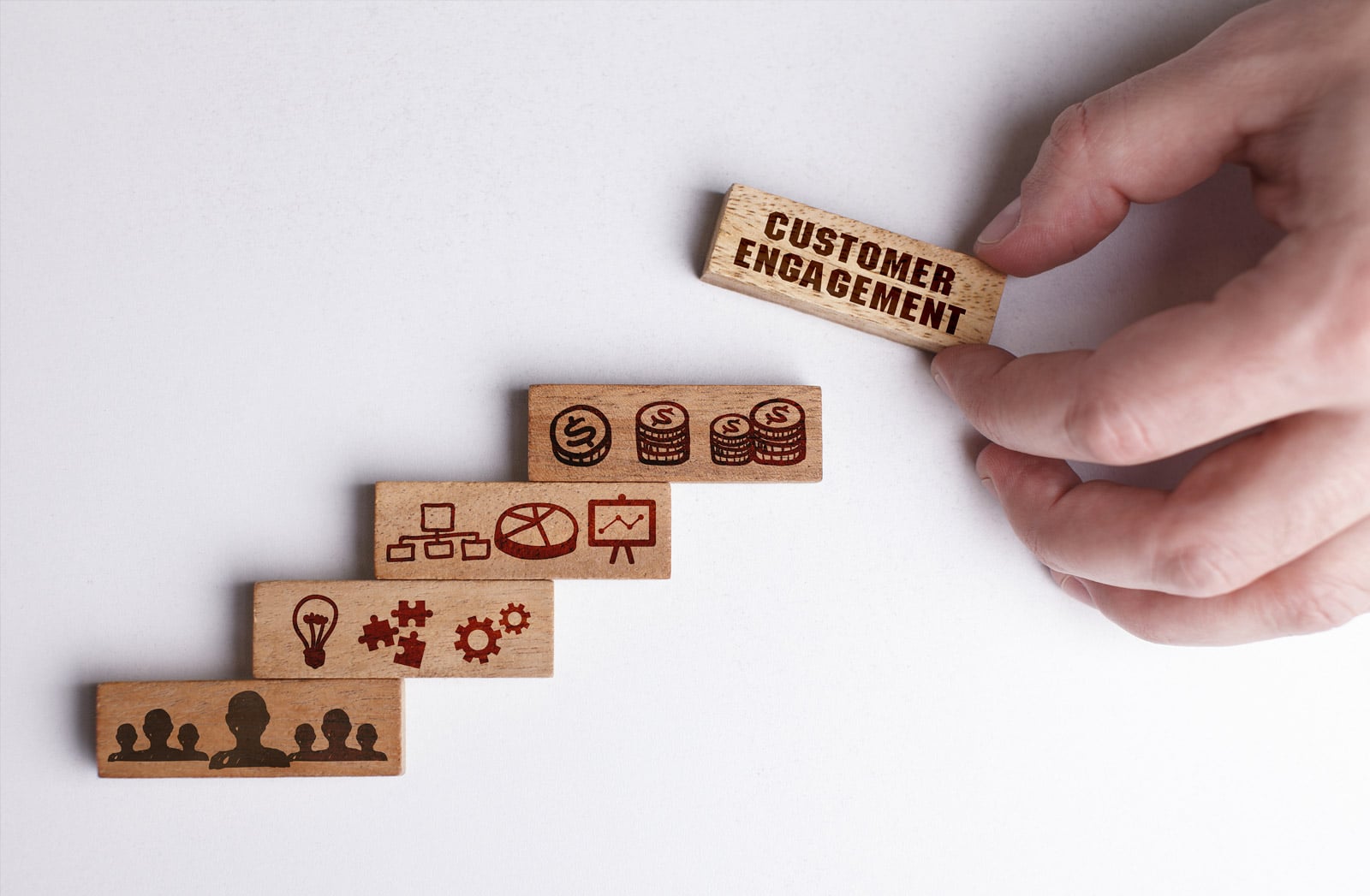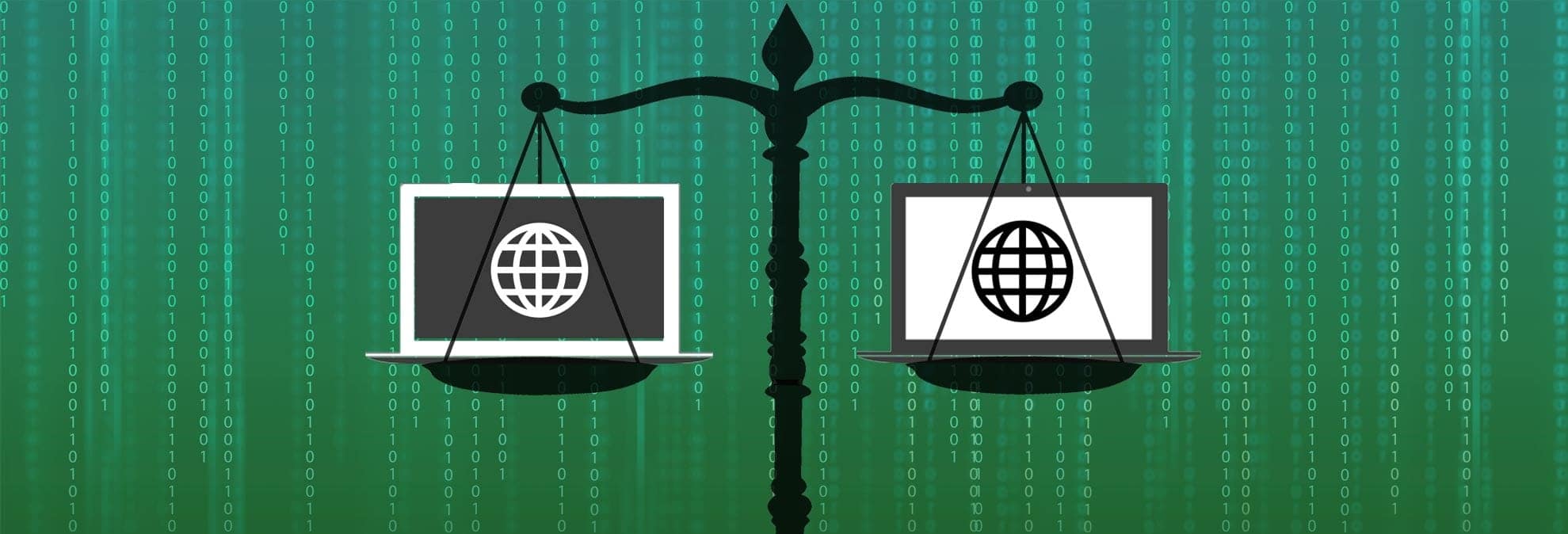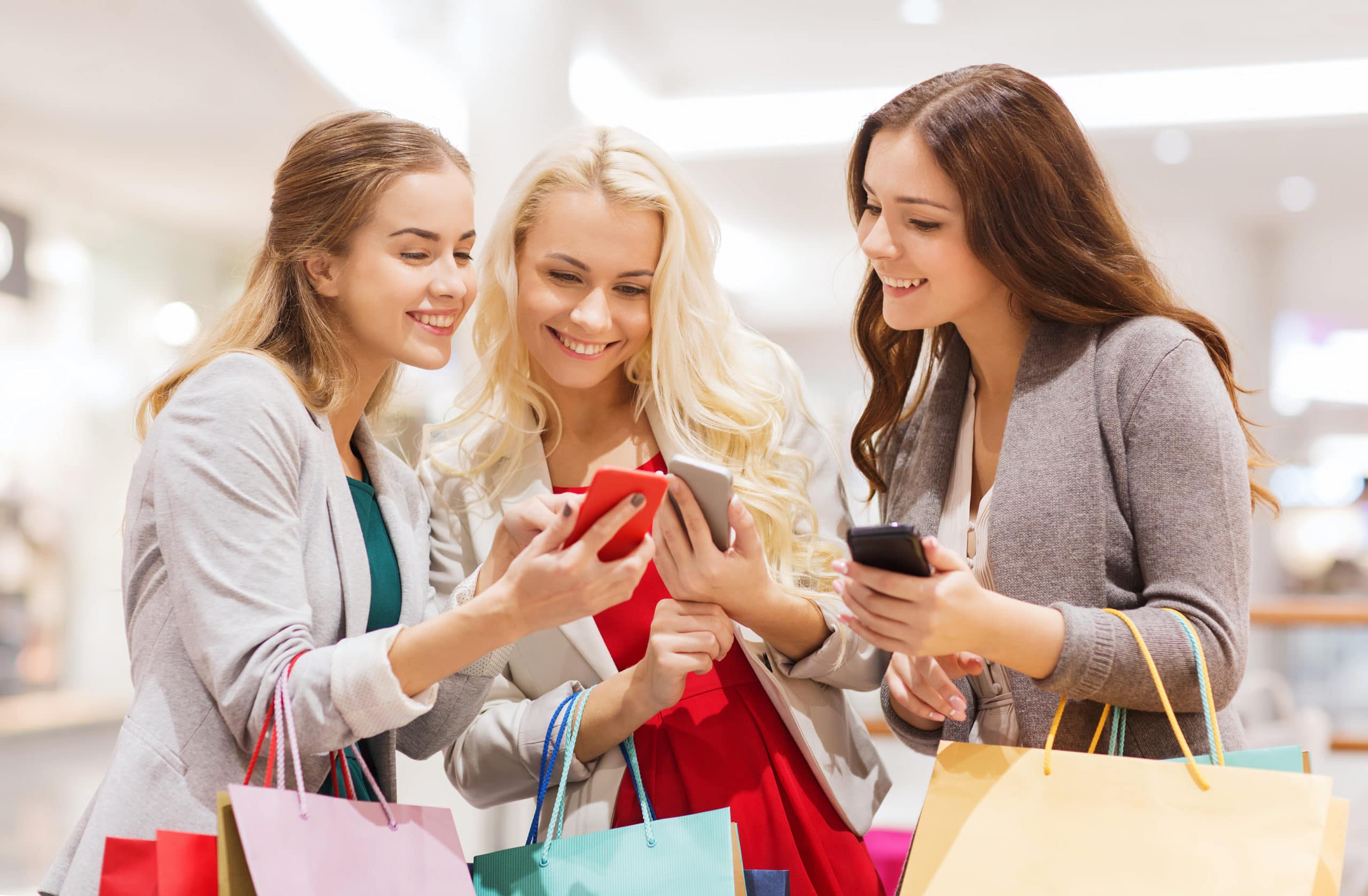Customer relationship building strategies are one of the cornerstones of marketing to help increase brand awareness, build market share and growth, and improve overall product perception. Many companies are seeking ways to leverage expansions in artificial intelligence and utilize smart technologies to create meaningful conversations with customers. Most modern customer relationship building relies on technology in one form or another, so knowing how to capitalize on will be an integral aspect of any given consumer-focused strategy.

It may seem contradictory to use technology to build customer relationships since technology often lacks a human touch, but tech is the most efficient way to manage thousands of customer relationships or more. The key is to temper technology-based responses with human ones, so customers still feel as though they are being heard on an individual level. By implementing new technology—beacons, bots, and mobile shopping apps—you can build a relationship with your customers that will keep them loyal to your brand without placing an undue burden on your resources or harming your bottom line.
Customer Relationship Building Strategies With a Tech Twist
Dollar Shave Club is a great example of a company that managed to segue personal customer relationships into a billion-dollar success story. The company made a name for itself by selling memberships to an automatic razor delivery service, but it built a brand off of its outstanding customer relationships by developing experiences for consumers that still include:
- Exclusivity: Members of Dollar Shave Club are given access to an insider newsletter and receive regular, personalized messages from the brand. Club members are also entered into a referral program that rewards them for inviting others to join the service.
- Engagement on social media: Users of Dollar Shave Club can post images of their deliveries to the company’s Facebook page. The brand then selects their favorite posts, and the winners receive a free T-shirt. Providing a creative and engaging customer rewards program—whether for points, merchandise, or cash back—can be a powerful relationship building tool.
- Rapid responses: The average response time to an email sent to the team at Dollar Shave Club is less than a day. Questions or complaints posted to social media sites are answered within a few hours. Rapid responses build trust between consumers and the brand and make their loyal subscribers feel their concerns are being considered and addressed.
- Personalization: Dollar Shave Club uses data from their customers to send occasional personalized messages and upgrade offers. Use of this data allows the company to promote highly specific products in their monthly email messages, which increases the likelihood of conversion.
Each of Dollar Shave Club’s strategies is dependent on delivering their message in a personalized way, so the consumer feels the brand is speaking directly to them. Technology allows Dollar Shave Club to maintain an air of personalization, while also advertising on a mass scale.
Tech That Automates Personalization for Building Customer Relationships
Technological advancements like machine learning, data collection, and artificial intelligence, are making it possible to deliver messages and engage customers without investing significant man-hours. This allows companies to leverage the flexibility of technology while maintaining a small, intimate atmosphere around their brand.
Here are just a few options that allow even large-scale companies to manage this strategy successfully:
- Auto response bots: Auto response bot systems are a new take on the touchtone hotlines of old. These systems are capable of recognizing important keywords and responding in a way that feels genuine. For example, a consumer might type in, “I’m having a problem with my billing.” The bot could then be set to respond, “I’m sorry to hear about that. Let me help you. I currently have your billing information as X? Is this correct or do you need to change it?”
- Customer experience managers: Customer experience managers, which are mainly database systems designed to collect and organize your customer data, allow companies to separate said data into various audiences for retargeting. So, in the example of Dollar Shave Club, a female consumer may be more concerned with razors for shaving her legs, while a man might be more interested in how to avoid beard rash. Or, an older consumer might have more issues with ingrown hair due to thinner skin, while a younger one might have problems with shaving cream irritating acne. All of these factors can be accounted for by implementing a CEM to personalize experiences for specific consumers.
- In-store beacons: Bluetooth-enabled devices that communicate with smartphones are helping build relationships with consumers as they’re in the shopping aisle, an aspect of mobile retail proximity marketing. Upon entering a retail location, a shopper’s mobile device receives a signal from a beacon if they have downloaded the retailer’s in-store app. The app will then offer the shopper deals, coupons, or location details for items he or she has previously purchased or shown interest in.
- Shopping apps: Shopping apps allow brands to connect with consumers at the very moment they are looking for advice on where to shop and what to buy. These apps often offer rewards for purchasing or scanning the barcode of a featured brand. This kind of incentivized shopping experience allows brands to build a relationship and understand buyer behavior.
Connecting with consumers must include developing a way to personalize their experience quickly, efficiently, and seamlessly. This is best accomplished via the use of technology. Shopping apps, in particular, allow brands to connect directly with consumers at the very moment they are planning to make a purchase or seeking guidance.
Customization and personalization, backed by technology, helped Dollar Shave Club build a following for their brand. They understood what was important to consumers and chose to connect with them in a unique way. This customer relationship strategy helped them build their audience on an individual level, even as they expanded into a billion-dollar business. And your brand can follow suit by using a shopping app to power your connection to your buyers.
Well-designed shopping apps that make everyday shopping more personal and rewarding can give you access to real-time customer data, allowing you to make in-the-moment and relevant recommendations. They also allow you to create a relationship with a customer which can turn them into a loyal user.
Shopkick helps our partners build relationships with consumers by offering them opportunities to earn rewards for engaging with your brand. For more information on how Shopkick can help you create a stronger consumer connection, contact our team today.
Image courtesy onephoto



